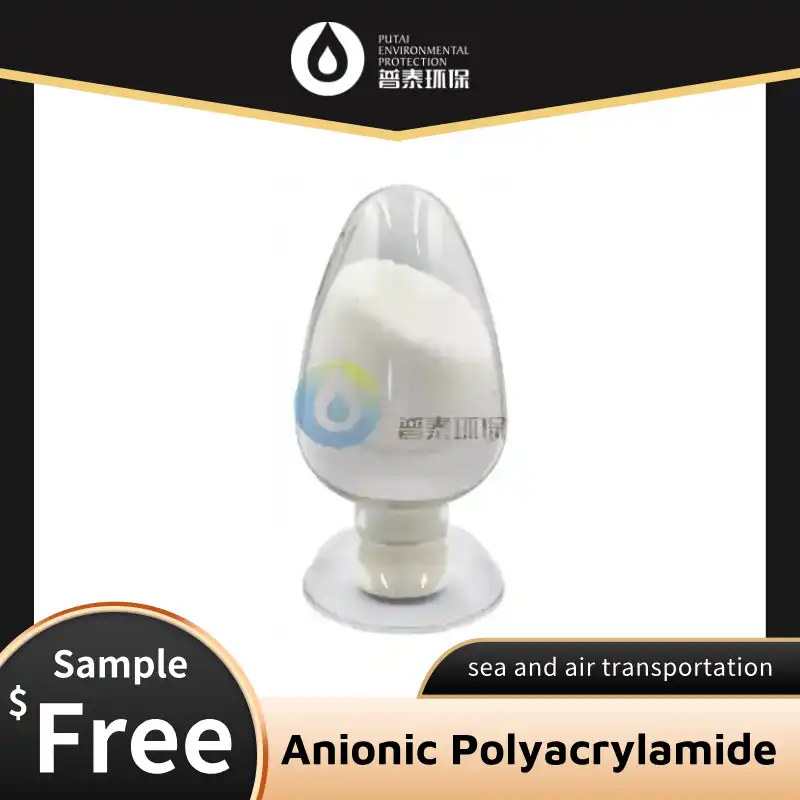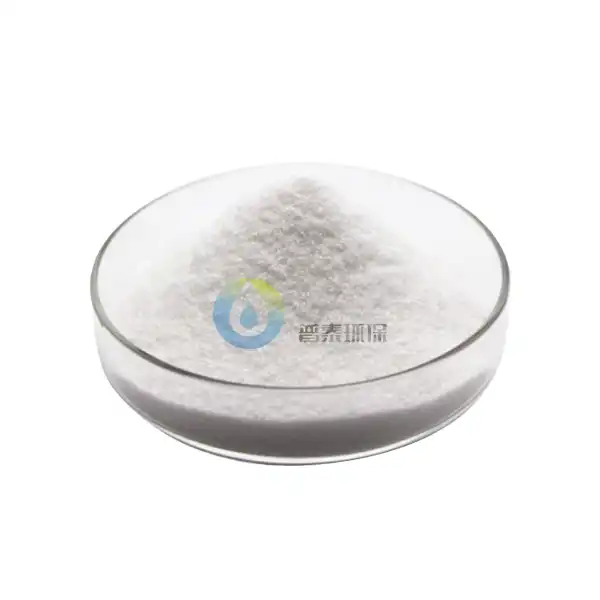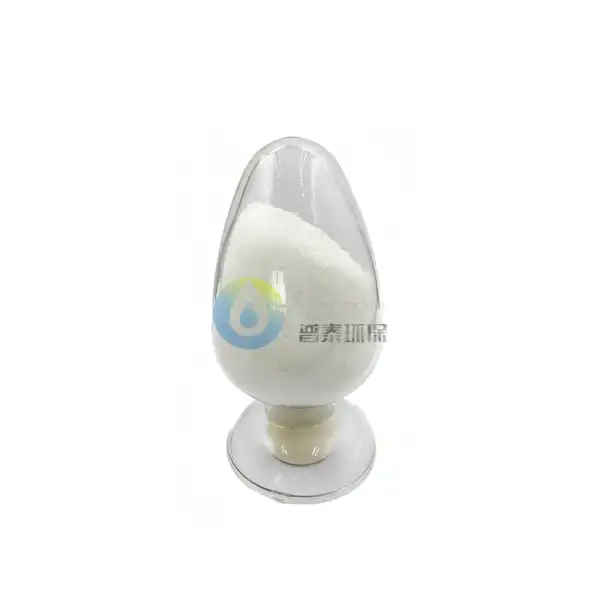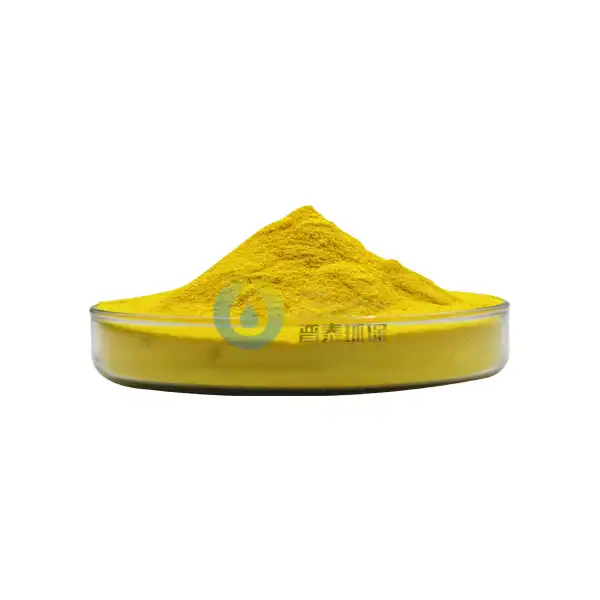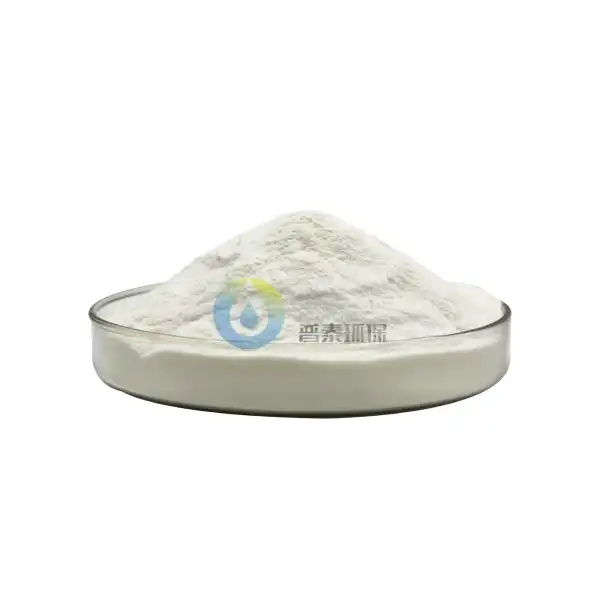What are the Benefits of Using Food Grade Citric Acid CAS 77-92-9 in Food Products?
Food Grade Citric Acid (CAS 77-92-9) is a versatile and essential compound that plays a crucial role in the food industry. This natural organic acid, derived from citrus fruits and produced through microbial fermentation, has become an indispensable ingredient in food production, preservation, and flavor enhancement. Our comprehensive exploration will delve into the multifaceted benefits and applications of this remarkable substance, offering insights into its significance in modern food manufacturing.
How Does Food Grade Citric Acid CAS 77-92-9 Enhance Food Preservation and Safety?
The Role of Citric Acid in Microbial Control
Food safety is paramount in the food industry, and Food Grade Citric Acid CAS 77-92-9 emerges as a powerful ally in maintaining product integrity. This remarkable compound possesses exceptional antimicrobial properties that inhibit the growth of harmful bacteria, yeasts, and molds. Manufacturers rely on citric acid as a natural preservative that extends shelf life without compromising the nutritional value or organoleptic characteristics of food products. The acidic environment created by citric acid disrupts microbial cell membranes, effectively preventing spoilage and reducing the risk of foodborne illnesses. Research has demonstrated that concentrations as low as 0.1% to 1% of Food Grade Citric Acid CAS 77-92-9 can significantly reduce bacterial populations in various food matrices, making it an invaluable tool for food processors seeking to enhance product safety and longevity.
Citric Acid's Antioxidant Mechanisms
The antioxidant capabilities of Food Grade Citric Acid CAS 77-92-9 represent another critical dimension of its preservative potential. By chelating metal ions that typically accelerate oxidation processes, citric acid helps prevent lipid oxidation and maintains the quality of food products. This mechanism is particularly crucial in fatty foods, dairy products, and processed meats, where maintaining freshness and preventing rancidity are essential. The compound's ability to bind metal ions neutralizes catalysts that could potentially trigger decomposition, thereby extending product shelf life and preserving sensory attributes such as flavor, color, and texture.
Advanced Preservation Techniques
Food manufacturers have developed sophisticated preservation strategies leveraging the unique properties of Food Grade Citric Acid CAS 77-92-9. Through careful formulation and precise application, citric acid can be integrated into packaging materials, applied as surface treatments, or incorporated directly into food matrices. These advanced techniques allow for controlled release of preservative properties, creating a robust defense against microbial contamination while maintaining the natural characteristics of food products. The versatility of citric acid enables its use across diverse food categories, from fresh produce and dairy to processed meats and beverages.
How Does Food Grade Citric Acid CAS 77-92-9 Contribute to Flavor Enhancement?
PH Modification and Flavor Profile Optimization
Food Grade Citric Acid CAS 77-92-9 serves as a sophisticated flavor modulator, offering food scientists unprecedented control over taste experiences. By precisely adjusting pH levels, citric acid can dramatically transform the sensory perception of food products. Its tartness can balance sweetness, reduce perceived bitterness, and create complex flavor profiles that tantalize the palate. In beverages, baked goods, and processed foods, even minute quantities of citric acid can elevate taste complexity, making products more appealing to consumers.
Synergistic Flavor Interactions
The interaction between citric acid and other ingredients reveals intricate flavor dynamics that extend beyond simple acidification. When combined with specific compounds, Food Grade Citric Acid CAS 77-92-9 can enhance existing flavors, create depth, and introduce nuanced taste sensations. In confectionery and beverage industries, this characteristic allows manufacturers to develop innovative flavor combinations that distinguish their products in competitive markets.
Masking and Balancing Flavor Compounds
Citric acid demonstrates remarkable capabilities in masking undesirable flavor notes and balancing complex ingredient interactions. Its molecular structure enables it to interact with various taste receptors, smoothing out harsh or bitter undertones in processed foods. This property is particularly valuable in nutritional supplements, fortified foods, and products containing ingredients with inherently challenging flavor profiles.
What Are the Nutritional and Functional Benefits of Food Grade Citric Acid CAS 77-92-9?
Nutritional Supplementation and Mineral Absorption
Beyond its preservative and flavor-enhancing properties, Food Grade Citric Acid CAS 77-92-9 plays a significant role in nutritional supplementation. Its chelating properties facilitate improved mineral absorption, particularly calcium and iron, making it a valuable component in functional foods and dietary supplements. By forming soluble complexes with minerals, citric acid enhances their bioavailability, potentially improving nutritional outcomes for consumers.
Metabolic and Physiological Interactions
Emerging research suggests that citric acid may contribute to metabolic processes beyond its traditional food applications. Some studies indicate potential interactions with cellular metabolism, highlighting its importance not just as a food additive but as a compound with broader physiological implications. While more research is needed, these preliminary findings underscore the multifaceted nature of Food Grade Citric Acid CAS 77-92-9.
Technological Applications in Food Processing
The functional versatility of citric acid extends to technological applications in food processing. Its ability to act as an emulsifier, stabilizer, and sequestrant makes it an indispensable ingredient in complex food formulations. From preventing crystallization in sugar-based products to ensuring uniform texture in processed foods, citric acid demonstrates remarkable technological utility.
Conclusion
Food Grade Citric Acid CAS 77-92-9 represents a remarkable fusion of natural chemistry and food science, offering unparalleled benefits in preservation, flavor enhancement, and nutritional supplementation. Its versatility continues to drive innovation in the food industry.
Xi'an Putai Environmental Protection Co., Ltd. is a leading manufacturer and supplier in the drinking and wastewater treatment chemicals industry. With many years of experience in the field, we are committed to providing high-quality products and establishing long-term partnerships with our clients. Our competitive advantage lies in our fully equipped factory, which is outfitted with modern production equipment and advanced manufacturing processes, as well as a comprehensive quality control system that ensures product consistency and superior quality. Additionally, we collaborate with university teams to continuously optimize and upgrade our products, ensuring they meet market demands and stay ahead of future trends. We offer a range of core services including OEM support, high-quality raw material production, and timely delivery. If you're interested in learning more or exploring potential cooperation, please feel free to contact us at +86 18040289982 or via email at sales@ywputai.com. We look forward to the opportunity to work with you.
References
1. Belitz, H. D., Grosch, W., & Schieberle, P. (2009). Food Chemistry. Springer Science & Business Media.
2. Fennema, O. R. (2007). Food Chemistry. CRC Press.
3. Potter, N. N., & Hotchkiss, J. H. (1999). Food Science. Springer Science & Business Media.
4. Schmidt, R. H., & Rodrick, G. E. (2003). Food Safety Handbook. Wiley-Interscience.
5. Siddiqui, M. W. (2016). Innovations in Food Technology. Wiley-Blackwell.
6. Coultate, T. P. (2016). Food: The Chemistry of Its Components. Royal Society of Chemistry.

